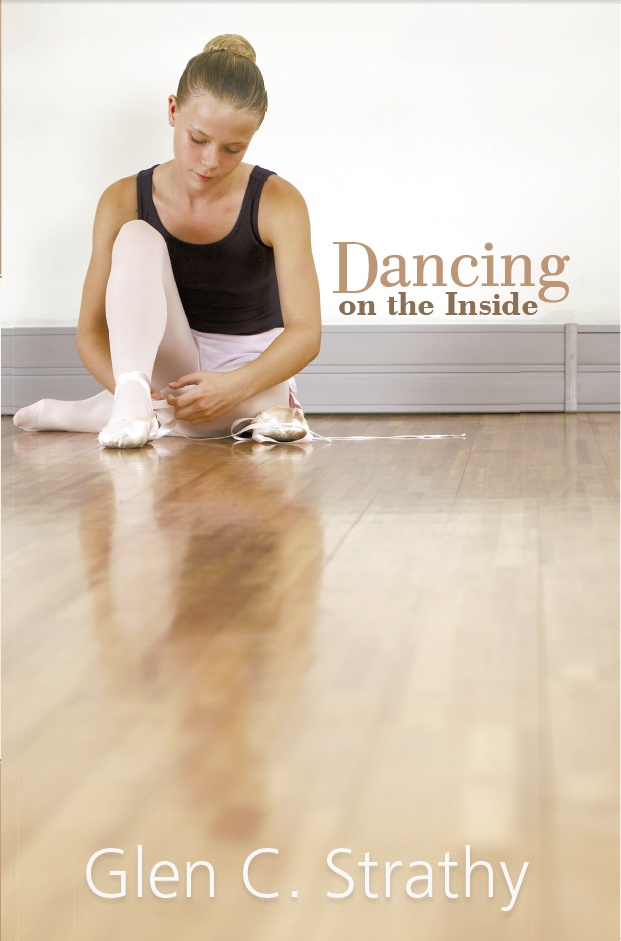Dramatica "this scene represents" and creating scenes..but what about Sequels
by Kat
(Selden, NY)
Question: After months of creating my elements for my novel in Dramatica I'm finally up to creating scenes. I've read countless materials from a variety of websites on the structure of scenes. Goal, Conflict, and Disaster. But I don't understand the sequel. I know it consists of Reaction, Dilemma and Decision. But when using Dramatica Scene list: is "scene" and "sequel" the same scene or a different scene? Example: scene #1 is the: Goal, Conflict, and Disaster and scene #2 is the: Reaction, Dilemma and Decision. Or are both in scene #1. I separate scenes when something new happens, or a new location. But I don't know if that's right. What separates scenes? How do I know to start a new scene and when a scene is done?
My next question is the drop down "this scene represents".
When using Dramatica "this scene represents" Do I just add one illustration or do I add several (MC, IC, OS, Plot ect). So my first scene represents Character plot and dynamics, IC Symptom. OS Outcome and Goal. But I don't know if this is right or if I just add one illustration per scene.
Any help and a dummy down on anything will be greatly appreciated. Thank you so much!
Answer: One frustrating aspect of studying writing technique is that different writers and instructors use different terminology. And some terminology is more confusing than it needs to be.
So, in hope that this doesn't just add to the confusion, let me try to unpack the subject of scenes a little.
First, the word "scene" comes from ancient Greek drama, where it loosely translates as "backdrop" or "setting."
Originally in theatre, a scene was a sequence of continuous action that happened in one place. If a play changed locations or jumped in time, it was a new scene. That is still the same terminology used in firm or TV, for the benefit of the people who have to create the settings.
However, in terms of drama, I think it makes much more sense to divide a story into "events" rather than scenes. An event is a change that sends the characters in a new direction. It can be an external change (action), like a tidal wave hitting the neighbourhood or someone's horse winning a race, or a theft. Or it can be an irrevocable decision or realization (an internal change) -- like someone realizing they have to leave home, love at first sight, making a deduction, or deciding to hire someone for a job.
Most of the time, an event will happen at one particular place and time (like a scene), but there are variations. You can have several events occur in the same place, one after the other. Some action sequences might involve the coordinated activities of characters in different places, but
A story, as Aristotle says, is a series of events linked by cause and effect.
Often action events alternate with decision events.
An action event may force a character to make a new decision (event 2) which leads to a new action (event 3).
Or a decision may lead to an action (event 2) which causes another character to make a decision (event 3).
But the basic structure of any event, action or decision is...
setup --> complication --> crisis --> resolution
There are other terms you can use to describe this arc, such as ...
Potential for trouble --> resistance or revelation --> conflict (interaction) --> outcome
If you prefer a 3-part structure, you just combine the middle two, as in...
setup --> conflict --> resolution
Basically, use whatever terms help you picture your scene.
"Goal --> conflict --> disaster" describes an action event.
"Reaction --> dilemma --> decision" describes a decision event.
In any case, the resolution of an event is the point where the change has occurred that will clearly send the characters in a new direction. That's a good point to end a chapter/scene or switch to a different throughline or subplot, because the reader will be left wondering what will happen next as a result of the change that just occurred.
Every resolution should make the reader want to keep reading, until the final resolution where the story ends because the world is brought into balance.
As for the drop-down menus in the Dramatica software...
The scene creation windows were designed to let you put several story elements into one scene. You should add at least one event to each scene (so something happens). This event should be part of a signpost or journey. (Personally, I prefer to ignore the journeys and just divide each signpost into a sequence of events with a four-part arc. But it's your choice.) At any rate, these are your plot events that should be linked by cause and effect (at least within individual throughlines).
You can then add the other story points into any scene where they seem to fit. Some will appear more than once (maybe once per act). Others may only appear once in the entire story:
* The 8 plot points (goal, consequence, requirements, forewarnings, costs, dividends, prerequisites, preconditions)
* Thematic points (for each throughline): domain, concern, issue, counterpoint, symptom, response, problem, solution
* Character and plot dynamics
This can seem like a complex process, and you should feel to take a break at any point and just do some writing. Try writing the beginning or the climax (final driver). Or maybe the scene there the main and impact characters first interact.
Best of luck.
- Home
- Writing Questions
- Dramatica "this scene represents" and creating scenes..but what about Sequels















